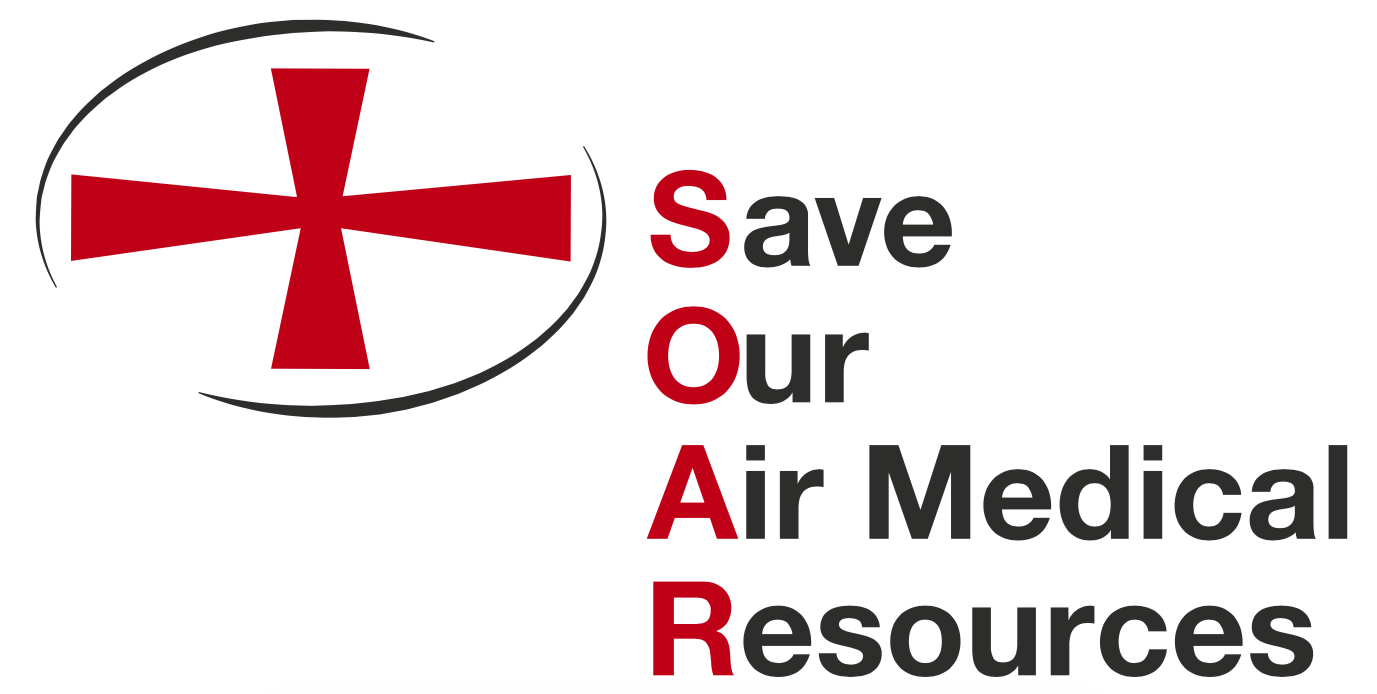What is the No Surprises Act?
The No Surprises Act is an important law that was supported by SOAR and enacted with bipartisan support in 2020. The act removes patients from the middle of any billing dispute between medical providers and insurers, thereby protecting patients from “balance bills.”
Now, when an insurance company refuses to cover or under-reimburses for an emergency air transport of one of its customers, the air medical provider and insurer can enter into an independent dispute resolution (IDR) process to resolve the billing dispute. This new system eliminates the possibility that a patient could receive a bill for unpaid transport.
The importance of proper implementation of the No Surprises Act.
In 2021, the U.S. Department of Health and Human Services issued draft rules outlining how it planned to implement the new law.
Unfortunately, the rules published on July 13, 2021, and October 7, 2021, threaten continued access to air medical services. Specifically, the Qualified Payment Amount methodology established by these rules does not acknowledge the significant differences among air ambulance provider types and instead treats all air ambulance providers as if they are the same.
All providers are not, however, the same.
Hospital-based providers and independent providers differ significantly and require different reimbursement levels. The Departments must make this distinguishment in the rules. Failure to do so will result in drastically low reimbursement rates for independent providers, which account for about 70% of air transports nationwide. If this distinction is not made, air medical providers will be forced to reduce services or shut down entire bases, threatening emergency air medical access for some of the most vulnerable patients, particularly in rural areas.
The No Surprises Act represents a major step forward in patient protection, but without a fair and equitable IDR process, the air ambulance industry – and the patients who depend on it for life-saving services – could be at risk. Many rural hospitals are on the brink of closure, leaving millions of Americans without an emergency room or proper medical facility close by. Without proper implementation, these individuals could be left stranded without access to medical transport in emergencies.
How do independent air medical providers and hospital-based providers differ?
Independent air medical providers differ significantly from hospital-based air ambulances in terms of cost structure and location.
Hospital-based providers can accept reimbursement rates below actual costs due to additional revenue from other services (e.g., x-rays, surgeries, etc.) provided in the hospital. However, independent air ambulances are entirely dependent on repayment for the single service they provide. They cannot accept rates below cost without losing money.
Air ambulance providers face high fixed costs, are a very rare emergency service, have no control over the volume of transports, and have a disproportionate share of patients covered by government payors, which reimburse less than 50% of actual transport costs.
What are other people saying?
The National Rural Health Association: “NRHA has concerns that the independent dispute resolution (IDR) process favors insurance companies rather than providers, particularly those in rural areas. When the No Surprises Act passed Congress in 2020, NHRA was excited for rural patients to be held harmless from surprise medical bills and the process to determine financial resolve. However, that process should not be implemented at the expense of rural providers.”
The American Hospital Association: “The rule unfairly favors insurers to the detriment of hospitals and physicians who actually care for patients. These consumer protections need to be implemented in the right way, and this misses the mark.”
The American Medical Association: “When the perception or the reality of the independent dispute resolution (IDR) structure is that it works in favor of the plans and is not a legitimate option to pursue a fair out-of-network resolution, it is a race to the bottom for contracted rates. For many practices, in order to keep their doors open, physicians will have to consolidate, join a health care system, and abandon independent practice models. Therefore, keeping the IDR process fair and accessible must be a priority in order to protect independent physician practices.”
What’s next?
The No Surprises Act rules went into effect on January 1, 2022. It’s important that Congress and the Administration take steps to update the Medicare reimbursement rate for emergency air medical services. If this is done correctly, the No Surprises Act will be a major step forward to protect rural patients from surprise medical bills without sacrificing rural providers.
